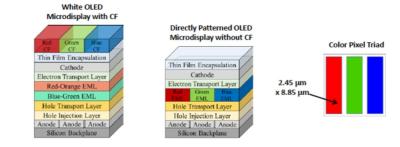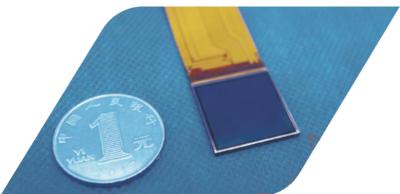Sony demonstrates a 4K OLED microdisplay prototype
During Sony's Technology Day, the company unveiled a new VR headset prototype based on a new 4K OLED microdisplay panel, which was unveiled for the first time.
Sony reports that the new microdisplay features very low latency, with a response time of










